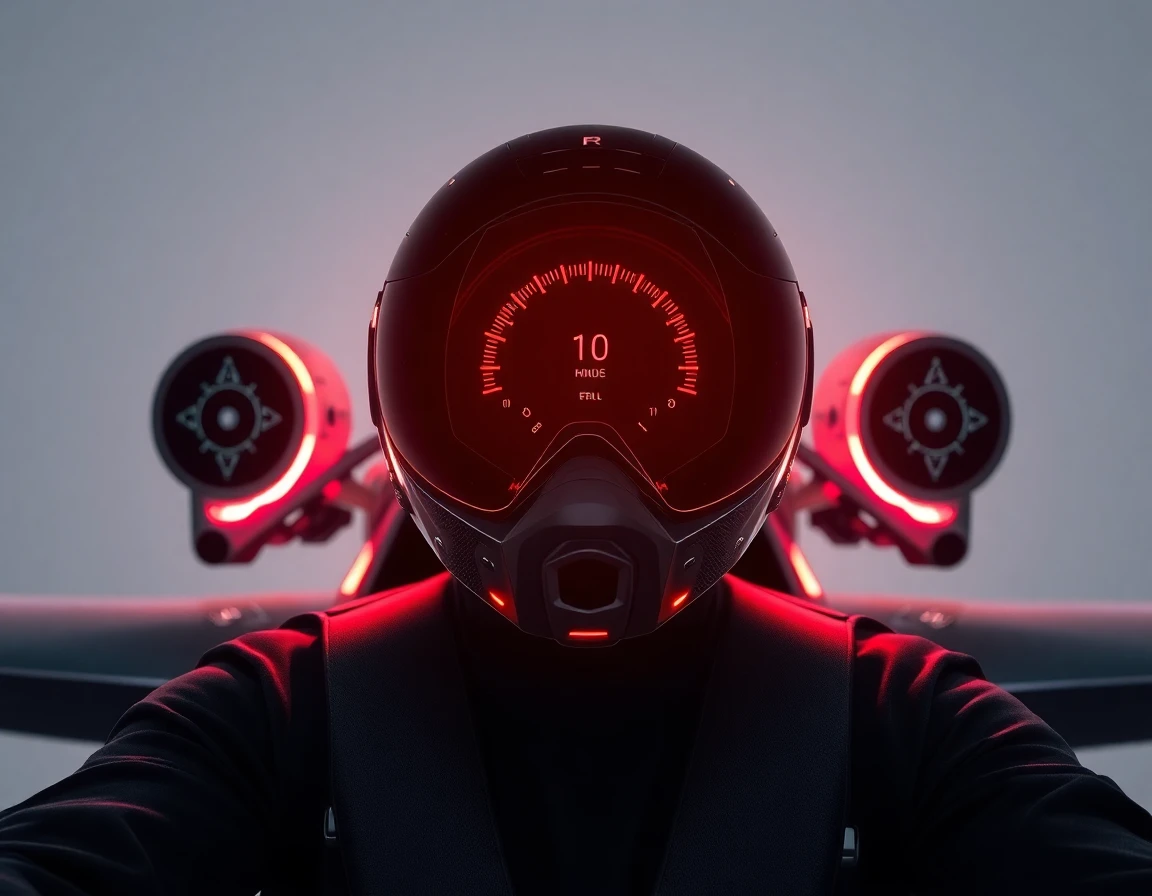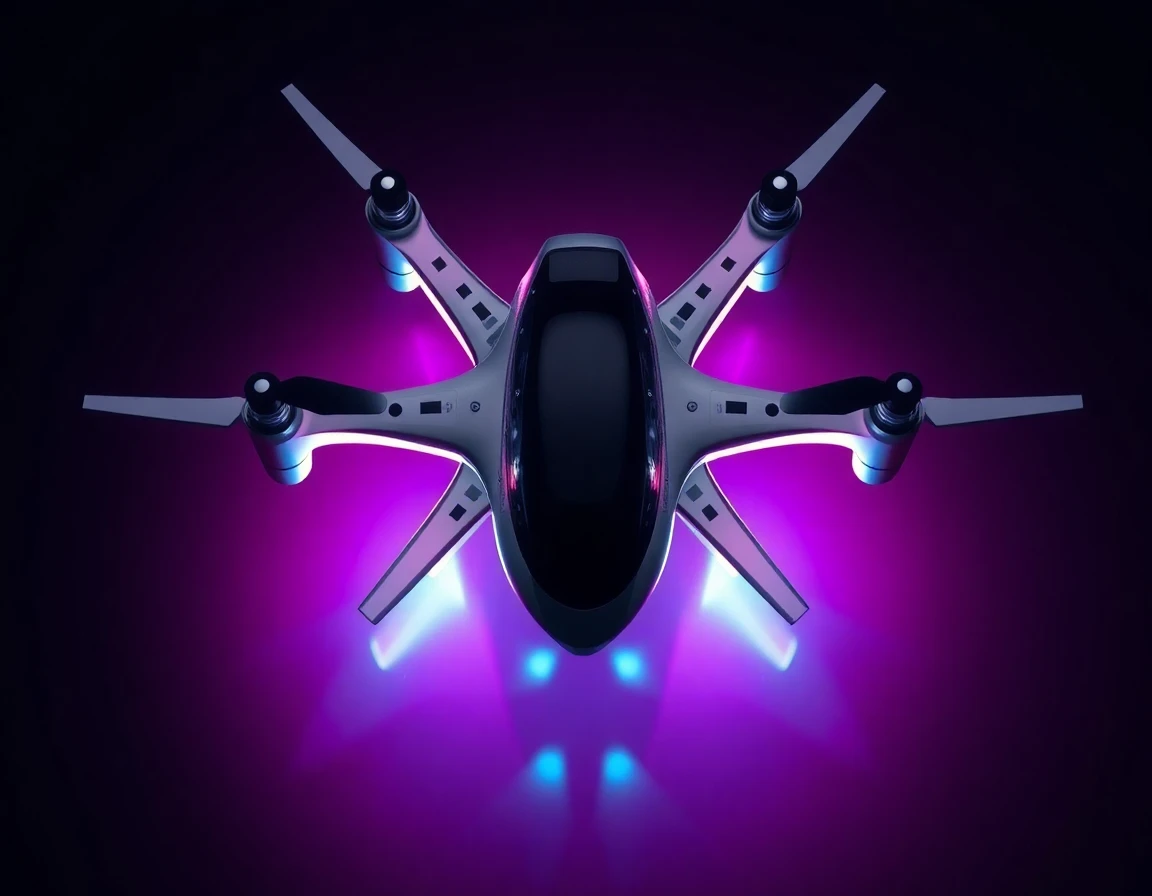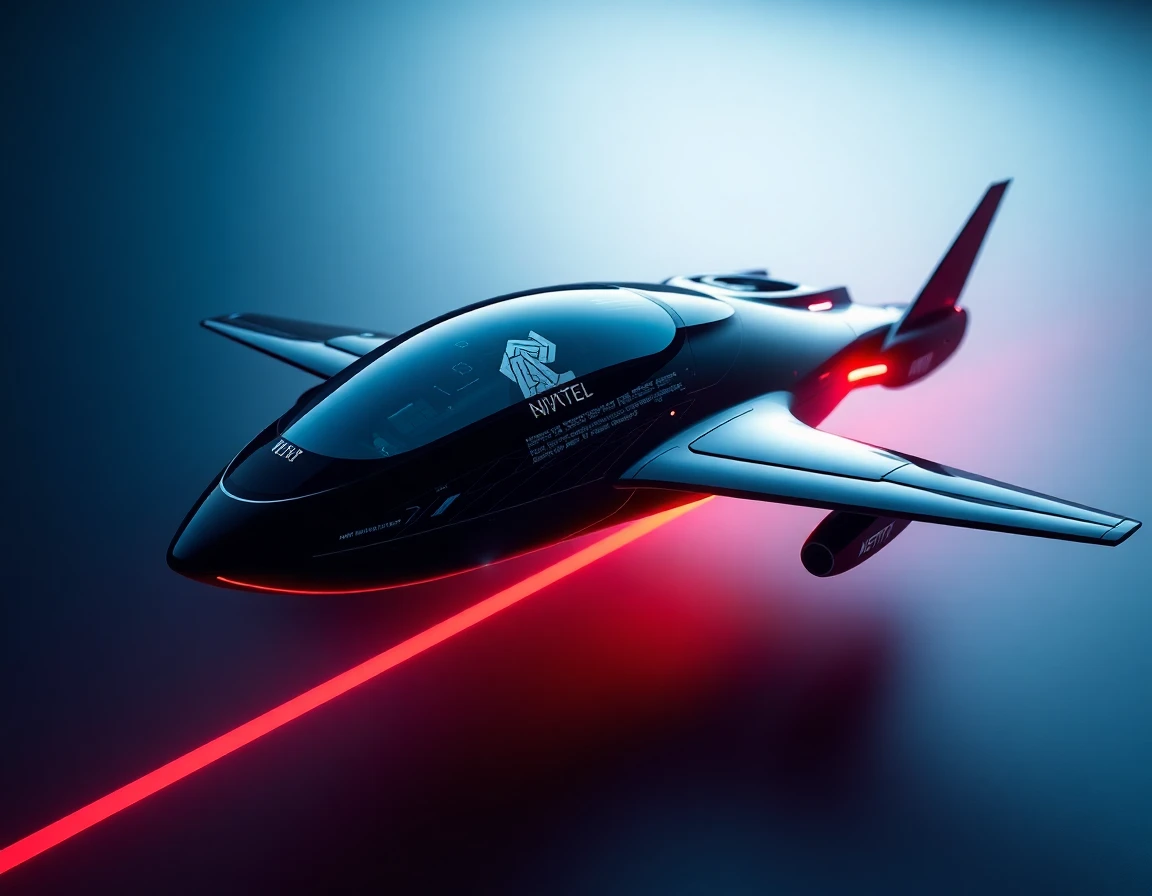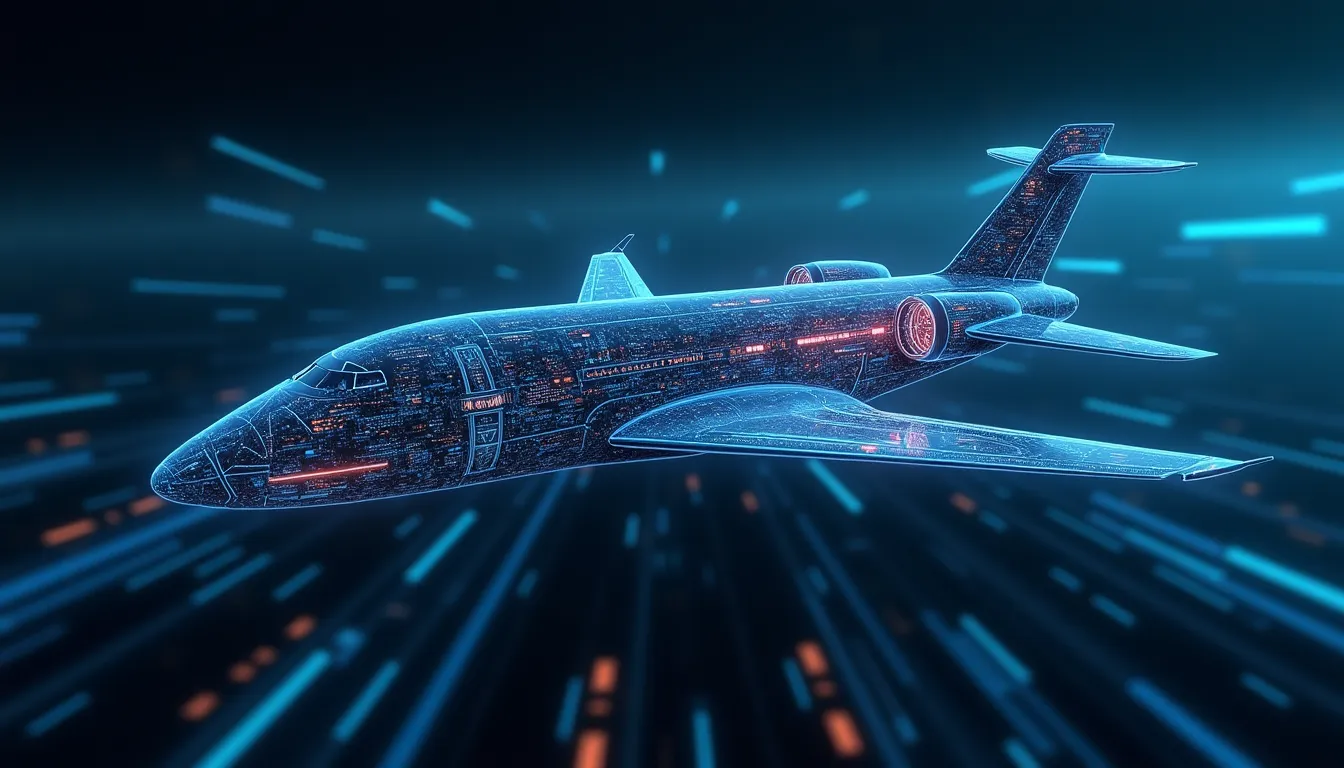Introduction to Neural Interface Aviation
In recent years, the field of aviation has witnessed groundbreaking advancements in technology, particularly through the integration of neural interfaces. This cutting-edge technology, commonly referred to as neural interface aviation, is set to redefine pilot training and aircraft control, offering unprecedented levels of precision and responsiveness. As air travel continues to expand globally, the aviation industry is increasingly looking towards innovative solutions to enhance safety, efficiency, and overall pilot performance.
Understanding Neural Interfaces
Neural interfaces are systems that facilitate direct communication between the brain and external devices. By interpreting brain signals, these interfaces can translate thought into action, allowing for enhanced control over aircraft systems. This technology is not only revolutionizing how pilots train but also significantly improving the interaction between pilots and their aircraft.
Benefits of Neural Interface Aviation
-
Enhanced Training: Neural interfaces provide a more immersive training experience for pilots. By using brain-computer interface (BCI) technology, flight simulators can react in real-time to a pilot’s cognitive state, enabling tailored training scenarios that adapt to individual learning curves. This adaptability is crucial for preparing pilots for the challenges of modern aviation.
-
Improved Aircraft Control: The integration of neural interfaces allows pilots to control aircraft systems with greater precision. For instance, advanced gyroscopic instruments can leverage brain signals to enhance the stability and maneuverability of the aircraft, responding to a pilot’s intent almost instantaneously. This capability could prove vital in emergency situations where split-second decision-making is essential.
-
Cognitive Load Management: Neural interfaces can monitor a pilot’s cognitive load, providing insights into their mental state during flight. By analyzing brain activity patterns, these systems can optimize workload distribution, ensuring that pilots remain within their cognitive limits and enhancing overall safety.
Technical Aspects of Neural Interface Aviation
The technological backbone of neural interface aviation relies on sophisticated components that include precision accelerometers and inertial navigation systems. These devices, when combined with neural interfaces, create an environment where pilots can interact with their aircraft much like they would with their own body.
-
Precision Accelerometers: These instruments enhance the responsiveness of an aircraft by providing accurate motion sensing data, which is crucial for real-time adjustments during flight maneuvers.
-
Inertial Navigation Systems: These systems enable precise guidance by calculating the aircraft’s position based on its velocity and acceleration, significantly improving navigation accuracy in conjunction with neural interfaces.
Expert Perspectives
Dr. Emily Carter, a leading researcher in aviation technology at the International Aeronautics Institute, states, “The potential of neural interface aviation is immense. By bridging the gap between human cognition and machine response, we are not only improving pilot training but also enhancing overall flight safety. The future of aviation depends on how well we can integrate these technologies into everyday practice.”
Industry Impact and Future Developments
The adoption of neural interface technology in aviation is still in its infancy, but the potential impacts are profound. With ongoing research and development, we can expect to see significant advancements in both military and commercial aviation sectors. As manufacturers continue to innovate, products such as advanced thermal management systems will play a critical role in ensuring that neural interfaces operate efficiently and reliably in varied environmental conditions.
Challenges and Considerations
Despite the promising advantages of neural interface aviation, several challenges remain. The complexity of accurately interpreting brain signals poses significant technical hurdles. Furthermore, ensuring the safety and reliability of these systems in critical flight situations is paramount. Experts emphasize the importance of rigorous testing and validation to ensure that these technologies can be safely implemented.
Conclusion: The Future of Neural Interface Aviation
As the aviation industry stands on the brink of a technological revolution, neural interface aviation is poised to lead the way. By enhancing pilot training and improving aircraft control, this innovative technology represents a significant leap forward in aviation safety and efficiency. As we continue to explore the depths of human cognition and its applications in aviation, the future looks promising for pilots and passengers alike. With ongoing advancements and a commitment to safety, neural interfaces may soon become a standard in aviation, transforming the way we fly.
For more information on neural interface aviation and its associated technologies, stay tuned for industry updates. The integration of brain-computer interfaces in aviation is just beginning, and the possibilities are endless.



